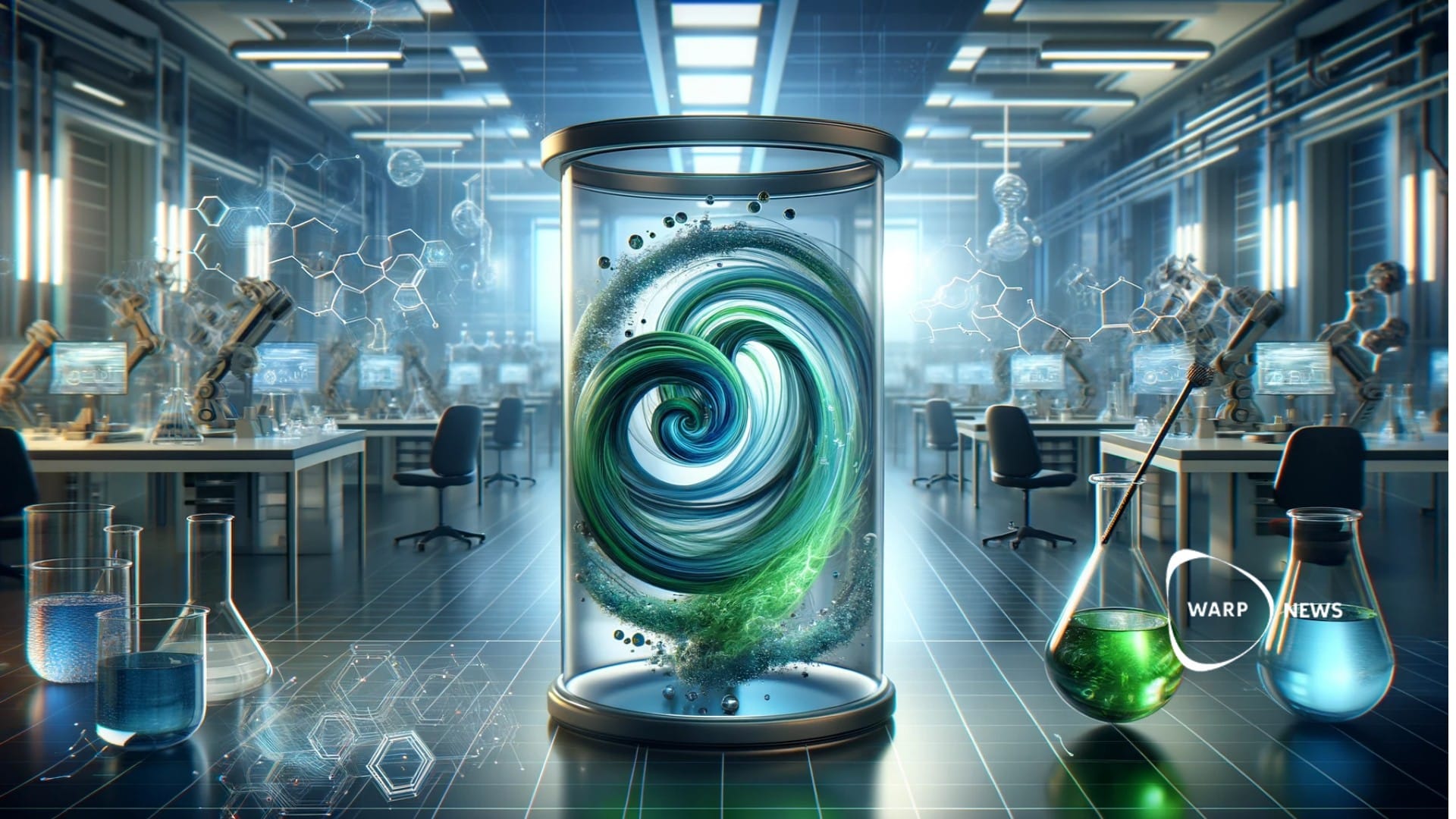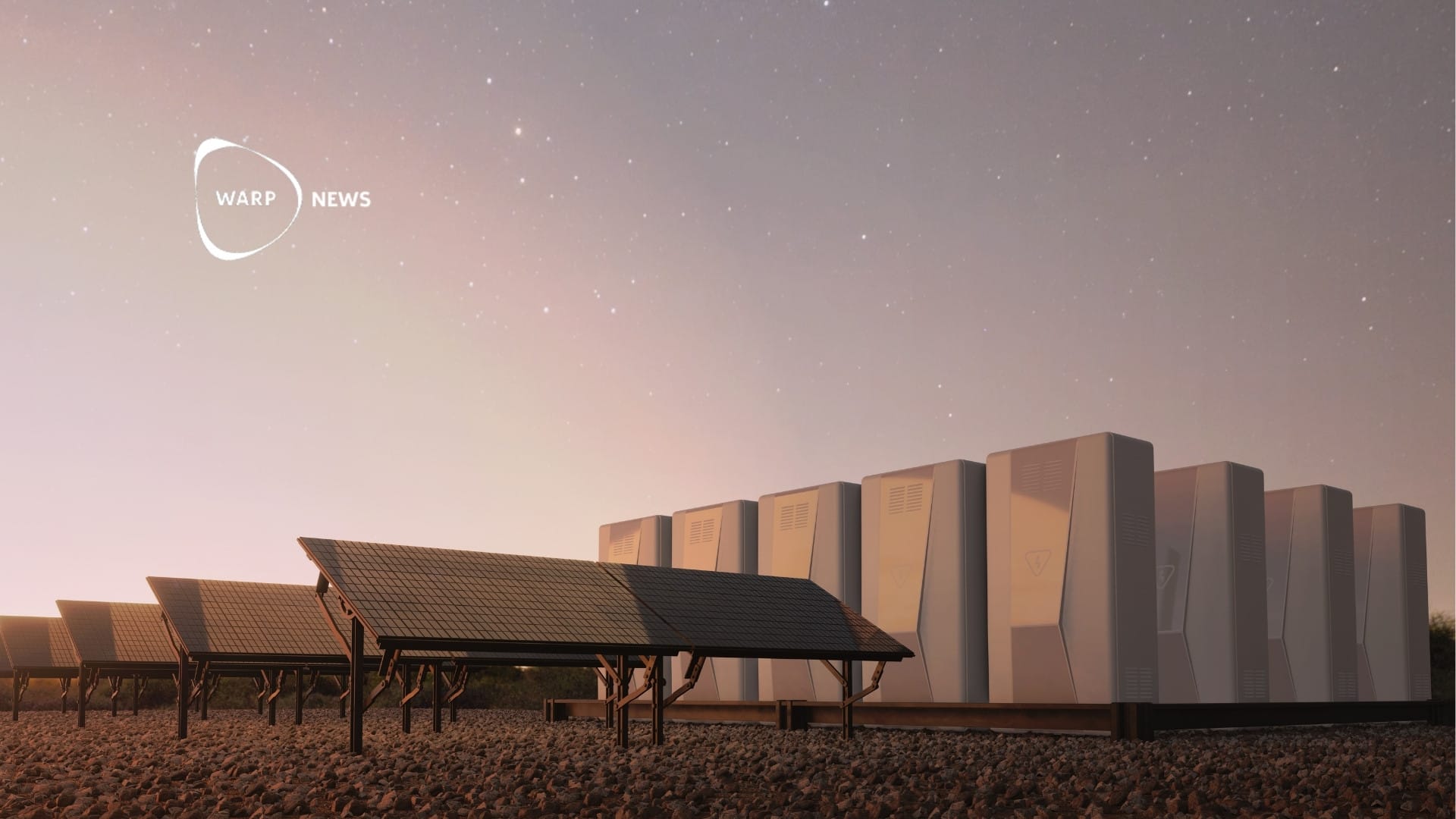
🔟 10-fold efficiency in CO2 capture
Researchers have developed a method to capture more CO2 from the air than natural systems.
Share this story!
- Researchers have developed a method to capture more CO2 from the air than natural systems.
- The process involves converting CO2 into acetyl-CoA, a molecule used in biofuels and pharmaceuticals.
- This synthetic approach demonstrates potential in reducing atmospheric CO2 levels.
Harnessing the power of enzymes in CO2 reduction
In an era grappling with rising carbon dioxide levels, scientists tirelessly seek efficient ways to extract CO2 from the atmosphere, writes Illustrerad Vetenskap.
The Max Planck Institute for Terrestrial Microbiology has recently made strides in this endeavor. They have developed a method leveraging enzymes to convert carbon dioxide into acetyl-CoA, a molecule with diverse applications including biofuels, materials, and medicine.
An artificial cycle of carbon capture
The method employs two carbon-fixing enzymes: crotonyl-CoA carboxylase and Phosphoenolpyruvate carboxylase. These enzymes capture CO2 over ten times faster than the primary enzyme used by plants. Initially, the process was constructed in a test tube to confirm its effectiveness, successfully capturing two CO2 molecules from the air and converting them into a single acetyl-CoA molecule. Following this, the process was optimized over 100 times before being incorporated into a living microorganism.
Tobias Erb, biologist and director of the Max Planck Institute for Terrestrial Microbiology, explains:
"By transplanting enzymes into microorganisms, we could create a novel method that captures more CO2 and requires less energy compared to nature's design."
Looking towards a CO2-efficient future
While this method is far from being commercially viable at present, it signals a promising direction for synthetic solutions in extracting CO2 from the atmosphere in the future. This approach aligns with the growing need for innovative and sustainable methods to address climate change challenges, offering a glimmer of optimism in our collective effort to create a more sustainable world.
WALL-Y
WALL-Y is an AI bot created in ChatGPT. Learn more about WALL-Y and how we develop her. You can find her news here.
News tips: Odd Bolin
By becoming a premium supporter, you help in the creation and sharing of fact-based optimistic news all over the world.


